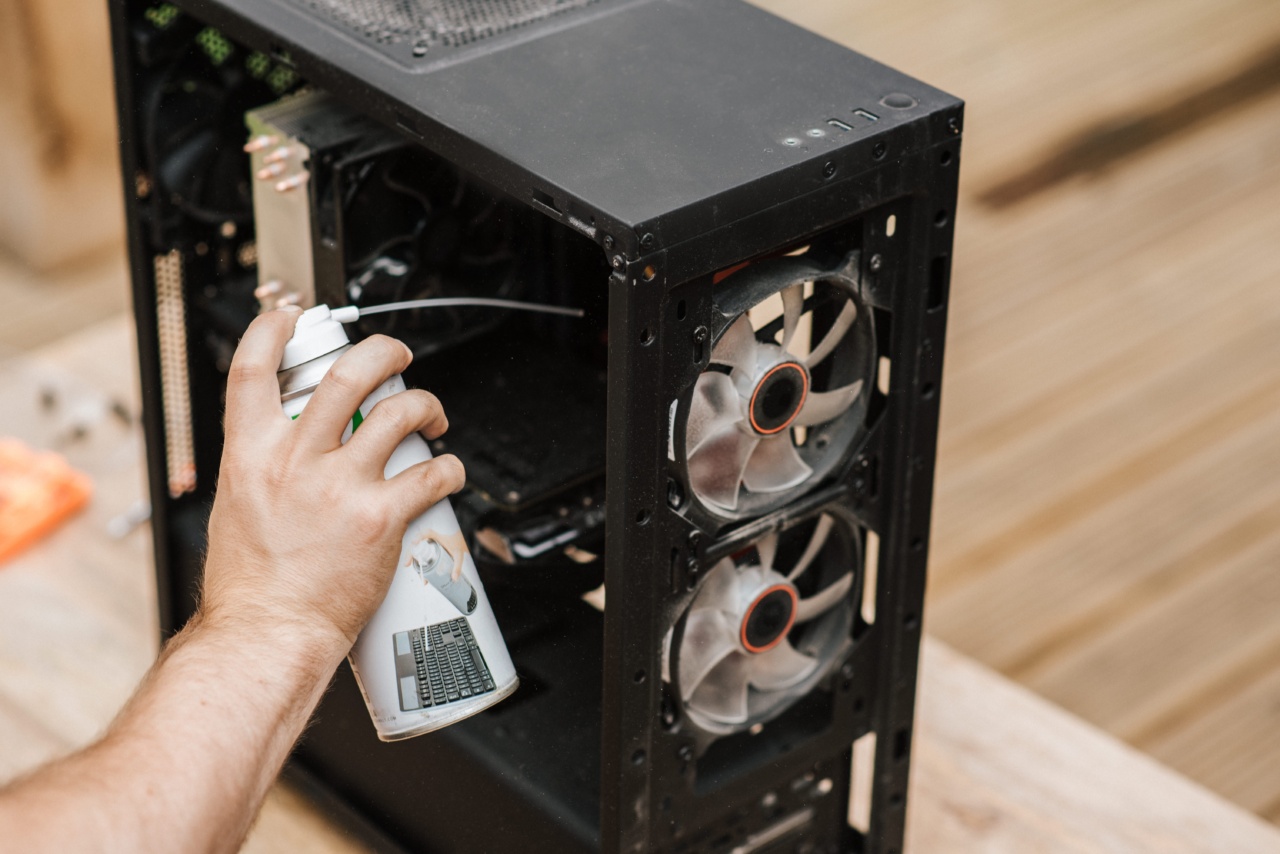Indoor air quality has a significant impact on our health, particularly for those who suffer from allergies or asthma.
Allergens and asthma triggers can be found in our homes and workplaces, making it crucial to take steps to remove them and create a healthier environment. In this article, we will explore various methods and strategies to help you breathe easy by eliminating allergens and asthma triggers from indoor air.
Understanding Allergens and Asthma Triggers
Allergens are substances that can cause an allergic reaction in certain individuals. Common allergens include pollen, dust mites, pet dander, mold spores, and certain food items.
Asthma triggers, on the other hand, are stimuli that can provoke asthma symptoms such as wheezing, coughing, shortness of breath, and chest tightness. Some common asthma triggers include tobacco smoke, strong odors, air pollution, and certain chemicals.
Identifying Problem Areas
The first step in eliminating allergens and asthma triggers from indoor air is to identify problem areas in your home or workplace. These areas may include damp or moldy areas, pet-friendly spaces, dusty corners, or rooms with poor ventilation.
By pinpointing these areas, you can focus your efforts on removing or minimizing allergens and triggers.
Improving Ventilation
Proper ventilation is essential in maintaining good indoor air quality. Opening windows and doors whenever possible can help fresh air circulate and removes stagnant air that may contain allergens or triggers.
Additionally, installing ventilation systems, such as exhaust fans in kitchens and bathrooms, can help remove pollutants and improve air quality.
Regular Cleaning
Regular cleaning is crucial for keeping indoor air free from allergens and asthma triggers. Vacuuming carpets, rugs, and upholstery helps to remove dust, pet dander, and other particles.
Using a vacuum cleaner with a HEPA filter is recommended as it can trap smaller particles, preventing them from being released back into the air.
Dust and Mold Control
Dust and mold are common allergens that can trigger respiratory symptoms. To control dust, use damp cloths or microfiber dusters while cleaning surfaces, as these are more effective in trapping dust particles compared to dry dusting.
Taking steps to prevent mold growth, such as fixing any leaks or water damage, maintaining proper humidity levels, and using mold-resistant paint in high-moisture areas, is essential in reducing asthma triggers.
Pet-Free Zones
If you are allergic to pet dander, creating pet-free zones within your home can help improve indoor air quality. Keep pets out of bedrooms and other areas where you spend a significant amount of time.
Regularly bathing and grooming pets can also help minimize the amount of allergens they release into the air.
Using Air Purifiers
Air purifiers can be a valuable tool in removing allergens and asthma triggers from indoor air. Look for purifiers with HEPA filters, which can capture particles as small as 0.3 microns in diameter.
Place them in rooms where you spend the most time, such as bedrooms or living areas.
Avoiding Tobacco Smoke
Tobacco smoke is a common asthma trigger and should be strictly avoided, especially if you have respiratory issues. If you or someone in your household smokes, it is essential to designate a smoking area outdoors, away from windows and doors.
Encourage quitting smoking to not only improve indoor air quality but overall health as well.
Reducing Chemical Exposure
Chemicals found in common household products can release volatile organic compounds (VOCs) into the air, which can be harmful, especially for those with allergies or asthma.
Opt for natural or low-VOC alternatives for cleaning products, paints, adhesives, and furnishings. Proper ventilation is also important when using any chemical-based products.
Controlling Humidity
High humidity levels can lead to mold and dust mite growth, exacerbating allergies and asthma symptoms. Use dehumidifiers in damp areas of your home to maintain humidity levels below 50%.
Additionally, using exhaust fans while cooking or showering can help reduce excess moisture.
Regular Maintenance
Regular maintenance of HVAC systems, including air conditioners and heaters, is vital in preventing the buildup of allergens and asthma triggers.
Clean or replace filters as recommended by the manufacturer, and have the systems inspected and serviced regularly to ensure optimal performance and air quality.
Conclusion
By taking proactive measures to remove allergens and asthma triggers from indoor air, you can significantly improve the quality of the air you breathe.
From proper ventilation to regular cleaning and maintenance, each step plays a crucial role in creating a healthier indoor environment. Remember, small changes can make a big difference in reducing allergies and asthma symptoms, allowing you to breathe easy and enjoy a more comfortable living space.






























